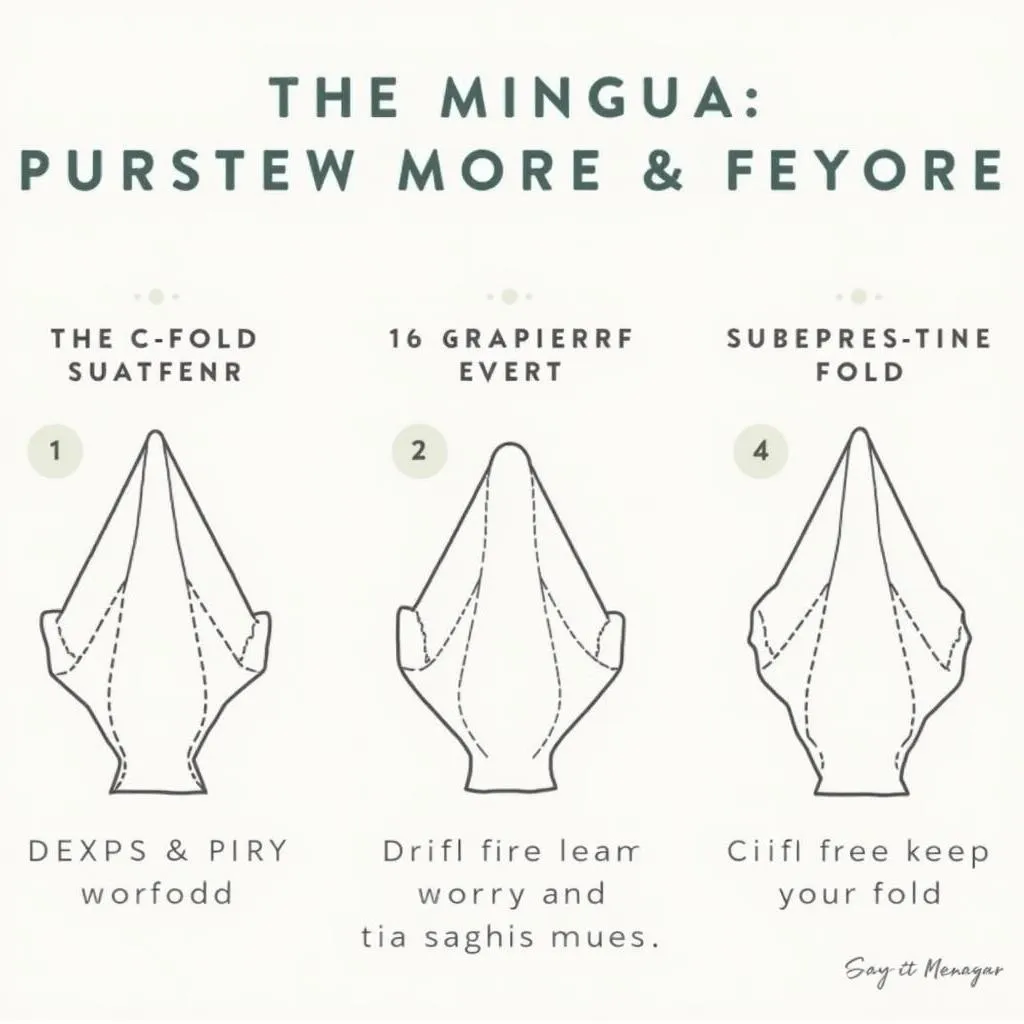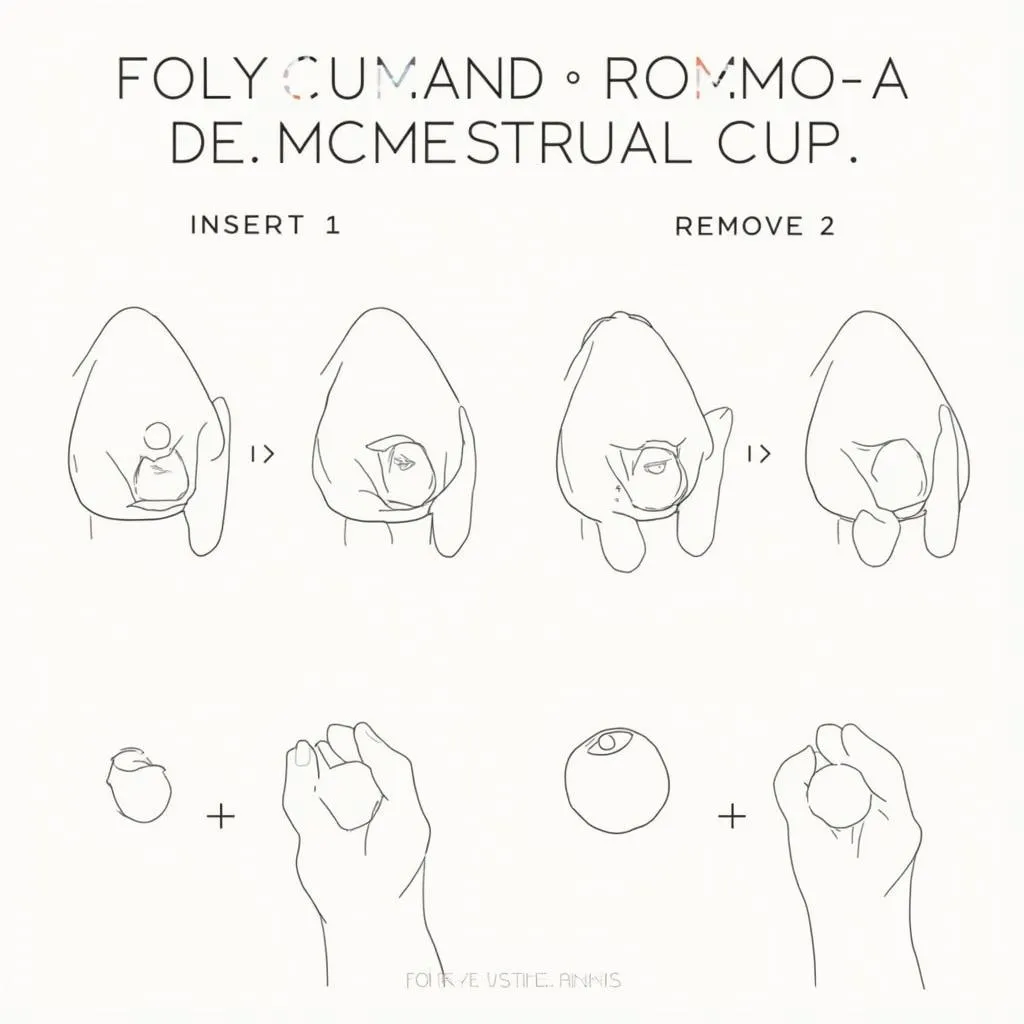It’s no secret that periods can be messy, especially for women with a low cervix and heavy flow. If you’re looking for a solution that’s comfortable, eco-friendly, and reliable, then a menstrual cup might be the perfect choice for you. But with so many different options on the market, choosing the right cup for your unique needs can be overwhelming. This comprehensive guide will provide you with all the information you need to know about using a menstrual cup for a low cervix and heavy flow.
Understanding Low Cervix and Heavy Flow
What is a Low Cervix?
Your cervix, the lower part of your uterus, can be positioned differently in your body. Some women have a high cervix, meaning it sits deep inside the vagina, while others have a low cervix, which is closer to the vaginal opening. When you have a low cervix, you might experience leakage with tampons or pads, especially during your heaviest flow days.
What is Heavy Flow?
Heavy flow is subjective, but it generally refers to experiencing a menstrual cycle where you have a significant amount of blood loss. You may need to change your tampon or pad frequently, and you might feel discomfort or even cramps due to the heavy bleeding.
Why Consider a Menstrual Cup for Low Cervix and Heavy Flow?
Menstrual cups are silicone cups that are inserted into the vagina to collect menstrual fluid. Unlike tampons and pads, which absorb blood, menstrual cups collect it, making them a great option for heavy flow.
Advantages of Menstrual Cups for Low Cervix and Heavy Flow:
- High Capacity: Menstrual cups can hold more menstrual fluid than tampons and pads, making them ideal for heavy flow.
- Leak-Proof: When inserted correctly, menstrual cups can provide leak-proof protection, even with a low cervix.
- Comfortable: Menstrual cups are made from soft silicone, so they are comfortable to wear and can be worn for up to 12 hours at a time.
- Environmentally Friendly: Menstrual cups are reusable and can last for years, reducing waste and contributing to a sustainable lifestyle.
- Cost-Effective: Although you have an initial investment, a menstrual cup can save you money in the long run compared to the ongoing cost of tampons and pads.
Choosing the Right Menstrual Cup for Your Needs
With so many different menstrual cups available, it’s important to choose one that’s right for you. Here are some key factors to consider:
1. Size and Shape
- Size: Most menstrual cups come in two sizes, small and large. The best size for you will depend on your flow, cervix position, and vaginal anatomy.
- Shape: Some cups are rounder, while others are more oval or bell-shaped. The shape can affect how well the cup fits and how comfortable it is to wear.
2. Firmness
- Firmness: The firmness of the cup refers to how rigid the silicone is. Some cups are softer, while others are more firm. You may prefer a softer cup if you have a low cervix, as it can be easier to insert.
3. Stem Length
- Stem Length: The stem is the part of the cup that hangs outside the vagina. If you have a low cervix, you might need a cup with a shorter stem. Some cups also allow you to trim the stem to fit your needs.
4. Rim Style
- Rim Style: The rim is the opening of the cup that sits against the vaginal wall. There are different rim styles, such as a regular rim, a flat rim, or a tilted rim. Choose a rim style that feels comfortable and secure.
How to Insert and Remove a Menstrual Cup
Inserting and removing a menstrual cup might seem daunting at first, but with a little practice, it becomes second nature. Here’s a step-by-step guide:
1. Wash Your Hands
It’s essential to wash your hands thoroughly with soap and water before inserting the cup. This helps to prevent contamination and infection.
2. Fold the Cup
There are several ways to fold a menstrual cup. The most common folding techniques include the C-fold, the punch-down fold, and the 7-fold. Experiment with different folding methods to find what works best for you.
3. Insert the Cup
- Gently relax your muscles and insert the cup into your vagina.
- Angle the cup towards your tailbone and gently push it up and in.
- Make sure the rim of the cup is completely inside your vagina.
4. Check for Correct Placement
- You should be able to feel the cup sitting low in your vagina. If you can’t feel it, try inserting it a little further.
- If you feel any discomfort, try repositioning the cup or removing and reinserting it.
5. Remove the Cup
- To remove the cup, gently pull on the stem to release the suction.
- If you’re having trouble removing the cup, try gently twisting it or pulling it downward.
- Once the cup is out, empty it and rinse it thoroughly.
Tips for Using a Menstrual Cup with a Low Cervix
- Choose the Right Size: A smaller cup may be more comfortable for you with a low cervix.
- Use a Lubricant: A water-based lubricant can help to make insertion easier, especially if you find it difficult to insert the cup.
- Practice: It may take a few cycles to find the right position for your cup. Don’t be discouraged if you don’t get it right away.
Potential Challenges and Solutions
Here’s what to do if you’re facing challenges with your menstrual cup:
- Leakage: If you’re experiencing leakage, you may need to adjust the position of the cup or try a different size.
- Discomfort: If you’re feeling uncomfortable, try repositioning the cup or removing and reinserting it.
- Difficulty Inserting or Removing: If you’re having trouble inserting or removing the cup, try using a lubricant or consulting with your healthcare provider.
Expert Insights
“Many women with low cervixes find that menstrual cups are a more comfortable and secure option than tampons or pads. They also provide excellent protection against leaks, which can be a common concern for women with heavier flow,” shares Dr. Sarah Jones, a gynecologist and reproductive health expert.
“The key to success with a menstrual cup is to choose the right size and shape for your body and to practice inserting and removing it properly,” adds Lisa Miller, a certified doula and menstrual health advocate.
Conclusion
Menstrual cups offer a comfortable, eco-friendly, and cost-effective way to manage your period, especially for women with a low cervix and heavy flow. By following our tips and choosing the right cup for your needs, you can confidently embrace this sustainable and reliable solution for your menstrual health.
FAQs
- How long can I wear a menstrual cup? You can wear a menstrual cup for up to 12 hours, but it’s best to empty and rinse it every 8-12 hours.
- What if I can’t get the cup out? If you’re having trouble removing the cup, try gently twisting it or pulling it downward. You can also use a water-based lubricant to help loosen the suction. If you’re still having trouble, consult with your healthcare provider.
- Can I use a menstrual cup if I’m a virgin? Some women find that they can use a menstrual cup even if they haven’t had sexual intercourse. However, it’s important to choose a cup that is small and flexible enough for your anatomy.
- Is it safe to use a menstrual cup? When used correctly, menstrual cups are safe and effective. However, it’s important to follow the instructions carefully and to consult with your healthcare provider if you have any concerns.
- Where can I buy a menstrual cup? Menstrual cups are available online and at many pharmacies and drugstores.
- How do I clean my menstrual cup? You can boil your menstrual cup in water for 5-10 minutes to sterilize it. You can also clean it with soap and water before and after each use.
- How long does a menstrual cup last? A menstrual cup can last for 5-10 years, depending on the quality and care you provide.
 Menstrual Cup Folding Techniques
Menstrual Cup Folding Techniques
 Menstrual Cup Insertion and Removal
Menstrual Cup Insertion and Removal
If you have any questions or need further assistance, please reach out to us at 0372999996 or [email protected]. We have a 24/7 customer service team ready to assist you.
